
Earlier this spring, I had the opportunity to take a few aspiring turkey hunters into the woods. While they were green as can be, the thing that struck me as most odd was that none of them showed up with binoculars. For seasoned hunters, heading into the field without glass is almost as appealing as heading out without a weapon.
This is independent of the pursuit. The ability to scan the mountains for bedded mule deer or search the depths of the big woods for a last-minute whitetail is simply made easier (and often, possible) with binos. Without decent glass, the disadvantage is real. It’s also less enjoyable. Suffice it to say, every member of the MeatEater crew is obsessed with carrying the right binos for the job.
Jump to: The Binoculars We Use
What We Look For In Binoculars
The 12x50s that cost as much as a few credits at a state university might be ideal for Coues deer in Arizona but would be overkill for Pennsylvania whitetails. For the latter, a pair of 10x40s will suffice as long as they’re built for low-light viewing. The thing with binos is, there are tons of options on the market. This means it doesn’t really matter where or what you hunt because there is a good fit for you somewhere. Even better, you might not have to tap into a HELOC to buy them.
But, before you bust out the credit card to throw down on a new pair, there are a few bino features that are ubiquitous across all options that you should understand. They are:
- Magnification
- Objective Lens Diameter
- Exit Pupil
- Field Of View
Jump to: What Makes A Good Pair Of Binoculars
The Binoculars We Use
 Vortex Razor UHD 10x50
Steve's Pick
|
 Vortex Razor UHD 12x50
Clay's Pick
|
 Vortex Viper HD 10x42 Mark's Pick
|
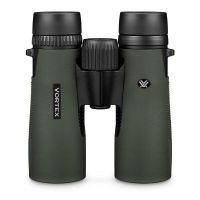 Vortex Diamondback HD 10x42
Spencer's Pick
|
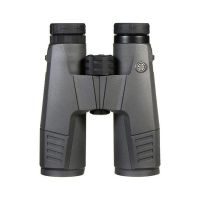 Sig Sauer Zulu9 11x45MM HDX
Tony's Pick
|
|
|---|---|---|---|---|---|
| Highlight | Best for Western Hunts | Best Long Distance | Best for Whitetails | Best Budget | Best All Purpose |
| Weight | 36.5 oz | 36.5 oz | 24.9 oz | 21.3 oz | 36 oz |
| Eye Relief | 16.5mm | 17mm | 17mm | 15mm | 15mm |
| Exit Pupil | 5mm | 4.2mm | 4.2mm | 4.2mm | 4.1mm |
| Price | $2,500* | $1,800* | $749* | $250* | $1160* |
| Field Notes | Field Notes | Field Notes | Field Notes | Field Notes |
What Makes A Good Pair Of Binoculars
These are the things you need to understand about binoculars.
1. Magnification
The first number in the description of binoculars is its magnification. For example, a pair of 10x40s offers 10 times magnification. While you can opt for lower magnification, which will cut down on weight and size, you’ll also limit your ability to pick out distant details as easily. An increase in magnification, which allows you to see farther objects better, also comes with a potential issue-shakiness. A good rule for whitetail hunters is to consider either 8x or 10x binos, while Western hunters should opt for the most magnification (think weight and size) they can afford to carry.
2. Objective Lens Diameter
The second number in the description of binoculars is the objective lens diameter (in millimeters). In the earlier example, that means the “40” in 10x40 stands for a 40mm objective lens. The bigger the objective lens, the bigger the binos-but also the more light that is allowed in. For high-noon glassing antelope in the sage, this isn’t much of a concern. When it comes to low-light and timber whitetails, it is.
3. Exit Pupil
If you take the objective lens diameter and divide it by the magnification, you end up at the exit pupil measurement. This number is correlated to the amount of light that is allowed to pass through the binoculars and reach your eye. For big country glassing throughout the middle of the day, exit pupil might not be a huge concern. If you’re a diehard whitetail hunter, however, you might want to consider any advantage you can get in the lowest of light. Instead of 10x40s, you might look for 10x42s or 10x50s. Although the edge might be slight, any chance you have to see better in the gloaming is a good thing when it comes to whitetails.
4. Field Of View
Life is full of trade-offs, and binoculars aren’t immune. This is evidenced by their field of view, which is directly related to magnification. Field of view—the area you can view with a specific model at 1,000 yards, expands with lower magnification and contracts with higher magnification. The narrower field of view that high magnification binos offer allows you to really pick apart specific terrain, but isn’t ideal for quick scanning or looking for moving objects. Lower magnification binos offer a wider field of view, but you’ll sacrifice the ability to pick apart truly distant landscapes as well.
Sidebar: Whitetail Binocular Considerations
Western hunters obsess over glass because of the sheer necessity when you’re hunting big country. If your binoculars can do much of the walking for you, you’ll hunt more efficiently and effectively. In the whitetail world, spotting velvet antler tips 1,200 yards away isn’t the goal. It’s picking out a buck ghosting through the cover at first or last light and then reading his body language to decide if you should call or not.
It’s a tight game typically, and everything hinges on your ability to see well in low light. Quality of glass, coatings, and prisms all contribute to what is sometimes referred to as the "Twilight Factor." You get to this number by multiplying the size of the objective lens by the magnification, and then you have to solve for that number's square root. Twilight Factor ratings range from the teens on up into 20-plus. The higher the number, the better you’ll be able to pick out crucial details in less-than-ideal light conditions.
Field notes from the MeatEater Crew
Steve's Pick
Best For Western Hunts
For a man who owns a lot of glass, Steve Rinella keeps his binocular selection pretty simple. "My favorite all-around binoculars are in the Vortex Razor UHD lineup," Steve said. "Most of my hunting is done in the more open country of the West and Alaska, so I use the 10x50 binos for a little extra magnification and field of view. If I primarily hunted east of the Mississippi, I'd use their 8x42 binos in order to save a little on weight and bulk. Either choice, however, will keep you covered for 99% of your binocular needs."
Specifications
- Best For: Western hunting
- Key Features: UHD Optical System which cuts down on chromatic aberration while producing exceptional color fidelity and sharpness
- Key Specs: 10x magnification, 50mm objective lens, 16.5mm eye relief
- Weight: 36.5oz
- Price: $2,500
Clay's Pick
Best Long Distance
If you’re worried about the price of high-end glass, do yourself a favor and don’t take a look through the Razor UHD 12x50s from Vortex. This would be just like playing with a litter of Lab pups when you’re not sure you want a new dog. In both cases, you’ll end up a reluctant buyer. When it comes to the UHDs, you won’t regret getting into a buy-once-cry-once situation considering they are top-notch in every category, from lens and prism quality to image stability, which is a feature that won over our very own Steve Rinella.
"I use the UHDs out west because I love the extra magnification without the weight," Newcomb said. "Plus, I can hold these binos steady enough to glass critters that are 1000 to like 1500 yards out, which is amazing."
Specifications
- Best For: Big country, western hunting
- Key Features: UHD Optical System which cuts down on chromatic aberration while producing exceptional color fidelity and sharpness
- Key Specs: 12x magnification, 50mm objective lens, 17mm eye relief
- Weight: 36.5oz
- Price: $1,800
Mark's Pick
Best for Whitetails
Bowhunting whitetails can be an expensive endeavor, but you don’t need to max out your credit card to own the perfect deer binoculars. For the price of a three-year old bow, you can own a pair like the Viper HD 10x42s from Vortex. Backed by a lifetime warranty, the Viper HD 10x42s are some of the lightest and most compact full-sized binos out there, which is something that our resident whitetail junkie, Mark Kenyon, truly appreciates.
"These binos just hit a sweet spot for whitetail hunters," Mark said. "You get the magnification and low-light performance you need in a package that is perfect for the kind of mobile hunting a lot of us whitetail hunters live for."
Specifications
- Best For: Whitetail hunters who need highly portable glass
- Key Features: HD optical system, which offers edge-to-edge clarity and a low-light advantage
- Key Specs: 10x magnification, 42mm objective lens, 17mm eye relief
- Weight: 24.9oz
- Price: $650
Spencer's Pick
Best Budget
If you want budget binos that just get the job done, check out the lineup of Diamondback HDs from Vortex. If you took your kids to Disney World for a few days, your bill for chicken strips alone would cost more than these binos. The Diamondbacks are also lightweight, compact, and ideal for plenty of different hunts. In fact, these easy-on-the-wallet binos are Spencer Neuharth’s go-tos for just about all of his hunts.
"I’ve used the Diamondback HDs for Texas turkeys, whitetails in Kentucky, and even elk in Montana," Spencer said. "After many hours of glassing behind them, I’m convinced they are the best 10x42s you can buy for less than $300."
Specifications
- Best For: The budget hunter who still wants a quality glassing experience
- Key Features: HD Optical System, fully multi-coated lenses, ArmorTek lens coating
- Key Specs: 10x magnification, 42mm objective lens, 15mm eye relief
- Weight: 21.3oz
- Price: $250
Tony's Pick
Best All-Purpose
I own quite a few different models of binoculars, but almost always opt for my Sigs. They’re lightweight and compact enough to fit into my FHF harness, yet they are powerful enough for Western hunting. Where they really shine for me, however, is in the whitetail woods.
Little details like the twist-up eyecups and an ergonomic grip design are always appreciated, but it’s the low-light clarity and water- and fog-proof performance of the Zulu9s that I love. I can’t stand having to wipe off my lenses, especially when a buck could be walking out of my life. These binos sell at a mid-range price point, but function like high-end glass, making them a no-brainer choice if you want quality without going broke.
Specifications
- Best For: The hunter who loves whitetails, but will also take a trip west every season
- Key Features: IPX7 waterproofing, tripod compatible, magnesium framing
- Key Specs: 11x magnification, 45mm objective lens, 17.3mm eye relief
- Weight: 36oz
- Price: $1,160



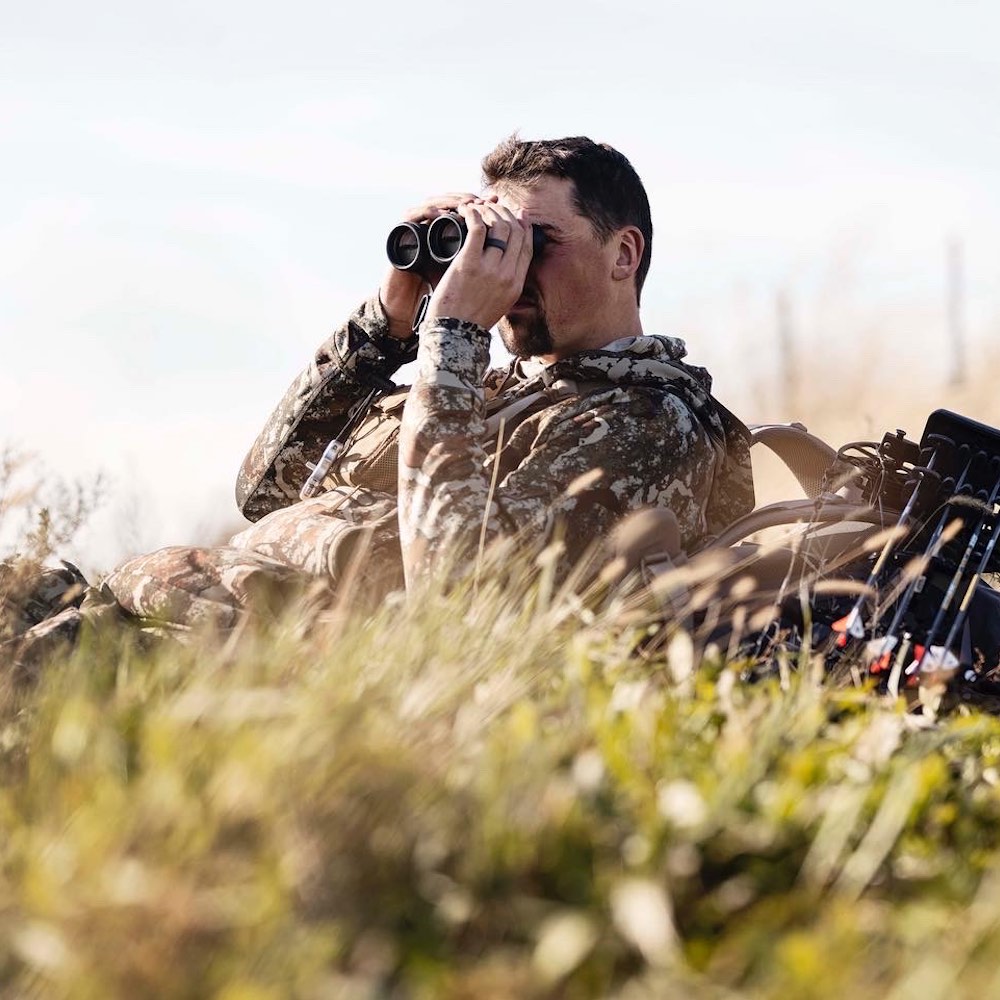

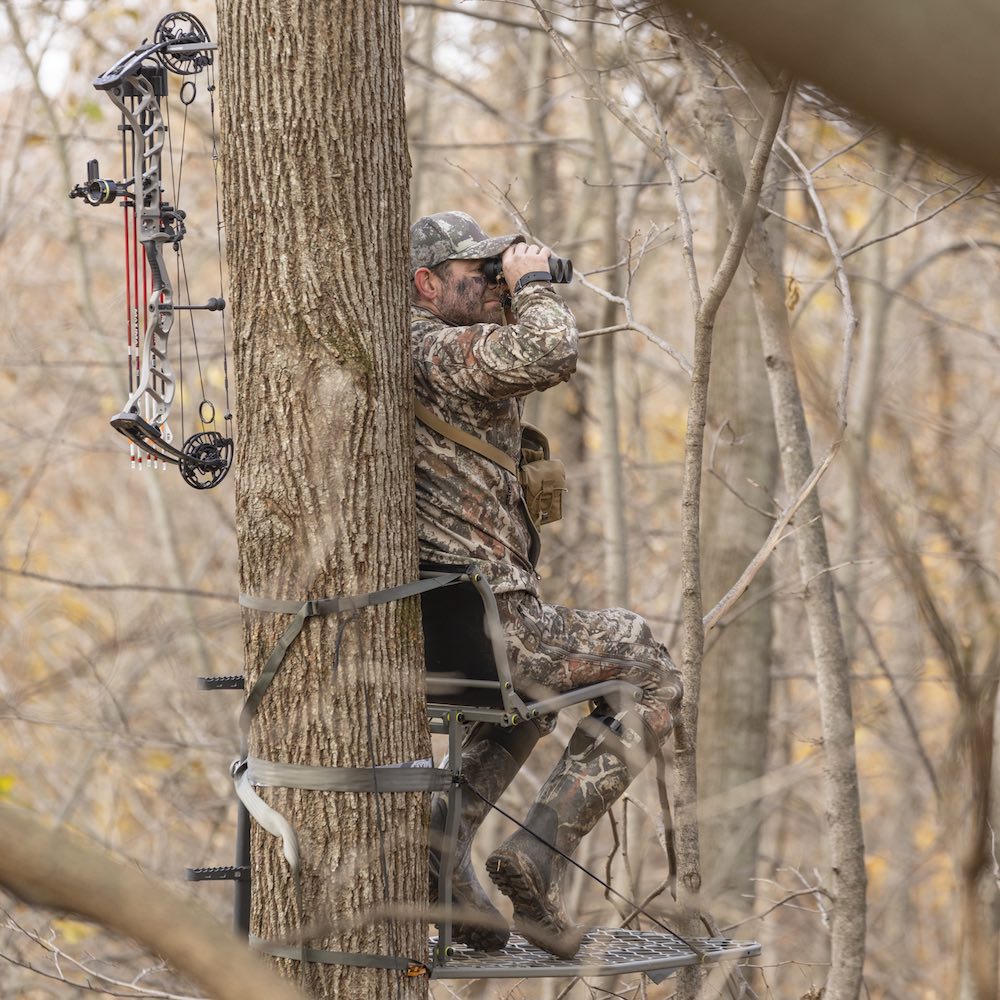

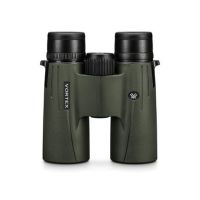






Conversation